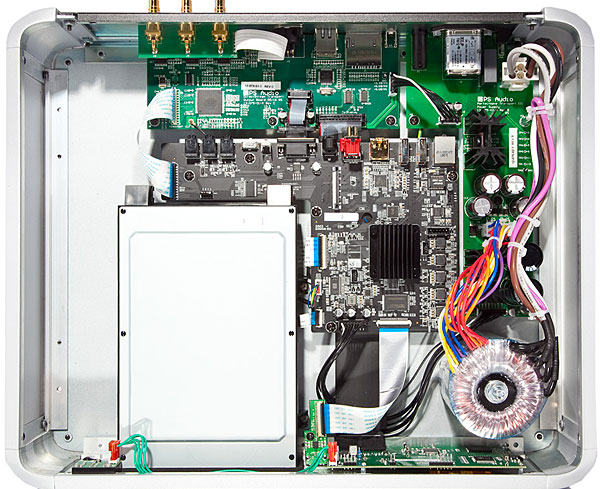| Columns Retired Columns & Blogs |
I am looking for an excellent transport for my dCS Vivaldi DAC. Using the balanced digital I am assuming AES output would I get superior sound from this unit compared to the coax digital output of my Oppo UDP-203? I know I will not get the SACD output, but I very few SACDs.








































